Samsung continues on its path to improve the experience for users by constantly pushing out new updates, and the Android 4.1.2 update to the Galaxy Note 10.1 – for both the international Wi-Fi+3G model (N8000) and the US Cellular variant in the US (N8013) – is now available officially, making it the first update of 2013 for the 10.1-inch tablet variants.
Android 4.1.2 is not a major update as compared to Android 4.1.1, but brings along useful functionality nonetheless, including stability and performance improvements, ability to expand and collapse notifications using single finger swipes, multi-view multitasking for running apps in windowed mode, air view functionality allowing stylus interactions when hovering above the screen, and more.
As always, the firmware files of the updates for both the N8000 and N8013 are available for installing manually. Those who haven’t received the update yet or do not wish to wait for it can follow the step-by-step guide below to manually install it on their international/US Cellular Galaxy Note 10.1. Keep in mind that these updates are not for the Wi-Fi-only variant with model number N8010.
Let’s get started and see how the official Android 4.1.2 update can be installed on the Galaxy Note 10.1 N8000/N8013.
Compatibility
The guide below is compatible only and only with Galaxy Note 10.1, model number N8000 and N8013. It’s not compatible with the Wi-Fi-only variant or any other device. Check your device’s model number in: Settings » About tablet.
Warning!
The methods and procedures discussed here are considered risky and you should not attempt anything if you don’t know completely what it is. If any damage occurs to your device, we won’t be held liable.
How to Update to Android 4.1.2 on Galaxy Note 10.1 (N8000/N8013)
- [Important] If you flash this firmware over a custom ROM or a Galaxy Note 10.1 from another country than Germany, you might need to wipe the data on the tablet to make the firmware boot up properly. To be sure you do not lose any data, backup your Apps and important data — bookmarks, contacts, SMS, APNs (internet settings), etc. This Android backup guide would help you. The SD card contents are always safe, so there is no need to back up those. Only backup apps and personal data.
- Download and install the software Kies on your computer, which will install the necessary drivers for the tablet.
Download Kies
You can also download the drivers directly — download from here: 32 bit (x86) Windows | 64-bit (x64) Windows - Download the firmware. US Cellular Galaxy Note 10.1 owners will need to download the N8013 firmware, while international Galaxy Note 10.1 owners need to download for N8000.
Download Firmware: N8000 | N8013 - Extract the file downloaded in step 3 to obtain a file with its file name ending in .tar.md5 (the file name may end at .tar, which is normal as the .md5 extension may be hidden by Windows). This is the firmware file that we need to flash on the tablet.
- Download Odin. If you are new to this, Odin is what is used to flash stuff – firmware, kernels, etc. – on Samsung phones/tablets. We’ll use Odin to flash the firmware obtained in step 4.
Download Odin3 v3.04 | Filename: Odin3_v3.04.zip - Extract the contents of the Odin3_v3.04.zip file to a folder on your computer. You should obtain a total of 4 files after extracting it.
- Disconnect your tablet if it’s connected to PC, then switch it off.
- Then, turn off the tablet. Then boot into download mode (Odin mode) on the tablet by holding down Power and Volume Down buttons (volume down is the button next to the power button) together till you get a Warning!! screen. Here, press Volume Up to continue to enter download mode.
- Open Odin by double-clicking on the Odin3 v3.04.exe file obtained in step 6 after extracting Odin_v3.04.zip.
- Click the PDA button in Odin, then browse to and select the .tar.md5 file you obtained in step 4. Do not make any other changes in Odin and make sure the Re-Partition option is not selected.
- Important! Connect your tablet to PC now. You should get the message “Added !!” under Odin’s message box in the bottom left.
- If you don’t get this message, make sure you installed Kies/drivers correctly as given in step 2. If it still doesn’t work, try changing to another USB port on the computer, and also use the USB ports on the back if you have a desktop PC.
- Now, hit the START button to start flashing the firmware on the tablet. When the flashing is complete, your tablet will automatically reboot — and when you see the Samsung logo, you can safely unplug the cable. Plus, you’ll get a PASS message (with green background) in the left-most box at the very top of Odin.
- What to do if Odin gets stuck: If ODIN gets stuck and doesn’t seem to be doing anything, or you get a FAIL message (with red background) in ODIN, disconnect the tablet from the PC, close ODIN, press and hold the Volume Down + Power buttons till the tablet reboots and shows you the Warning!! screen, then press Volume Up to enter download mode again, then repeat the procedure from step 9.
- [Important] After you get the PASS message and the tablet reboots, the tablet might get stuck at the booting animation/Samsung logo. If that happens, perform the following steps to make it boot. Remember that these steps will wipe your personal data like contacts, apps, messages, etc. If your tablet has already booted, skip these steps, the flash has been successful:
- Boot to recovery mode — for which, press and hold down Power and Volume Up buttons together till the device reboots. When the screen turns on, let go of the power button but keep holding down the volume up button till the device boots into recovery.. Once you are in recovery mode, use volume keys to move the selection up and down and power key to select the option.
- Go to Wipe data/Factory Reset and select it. Select Yes on next screen.
- Then, select reboot system now to reboot the tablet, which will now boot properly.
- If you run into any roadblocks while flashing the firmware, let us know and we’ll help you out.
That’s it. The official Android 4.1.2 Jelly Bean firmware is up and running on your international/US Cellular Galaxy Note 10.1. Do let us know how it works, and here’s to hoping the Android 4.2 update is not too far away.

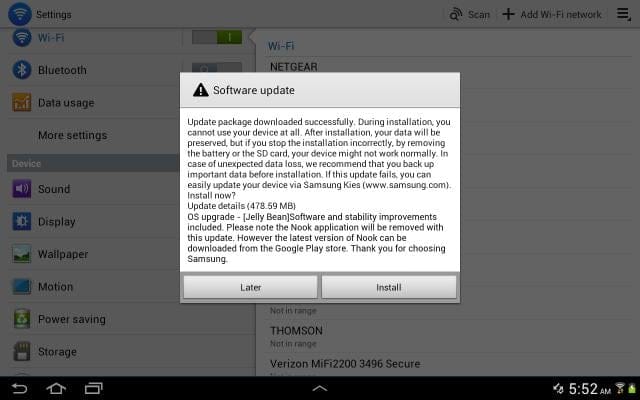



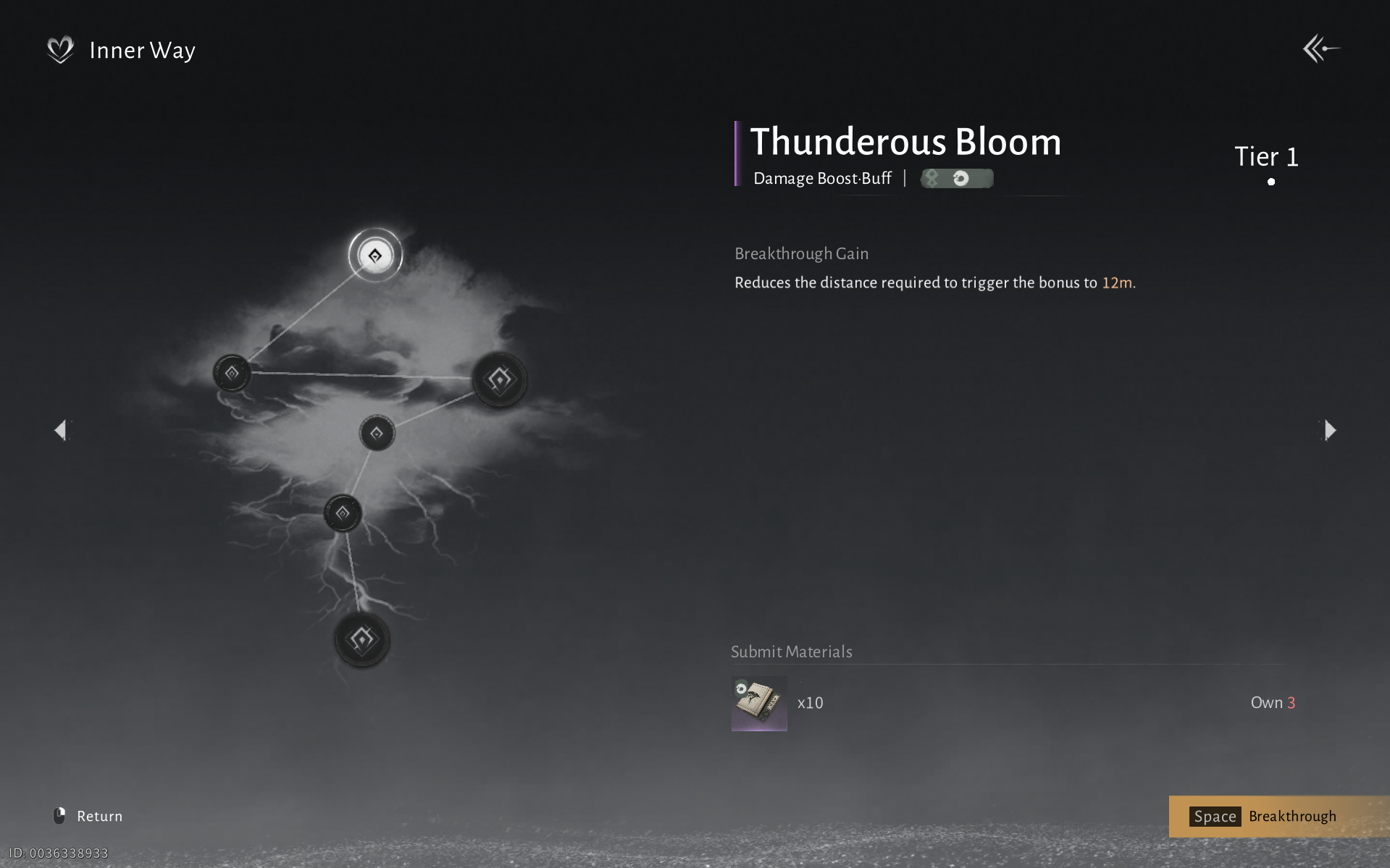

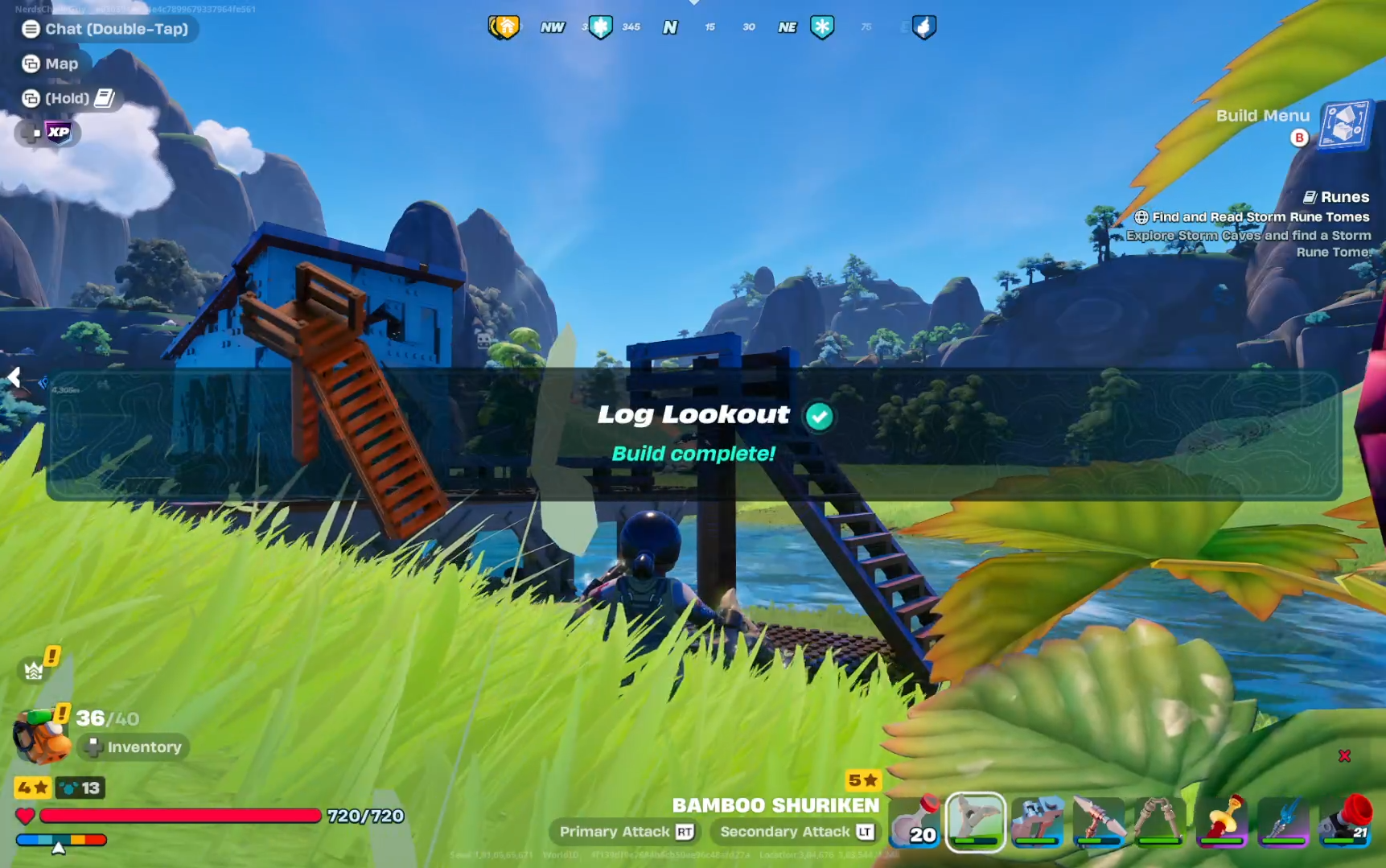

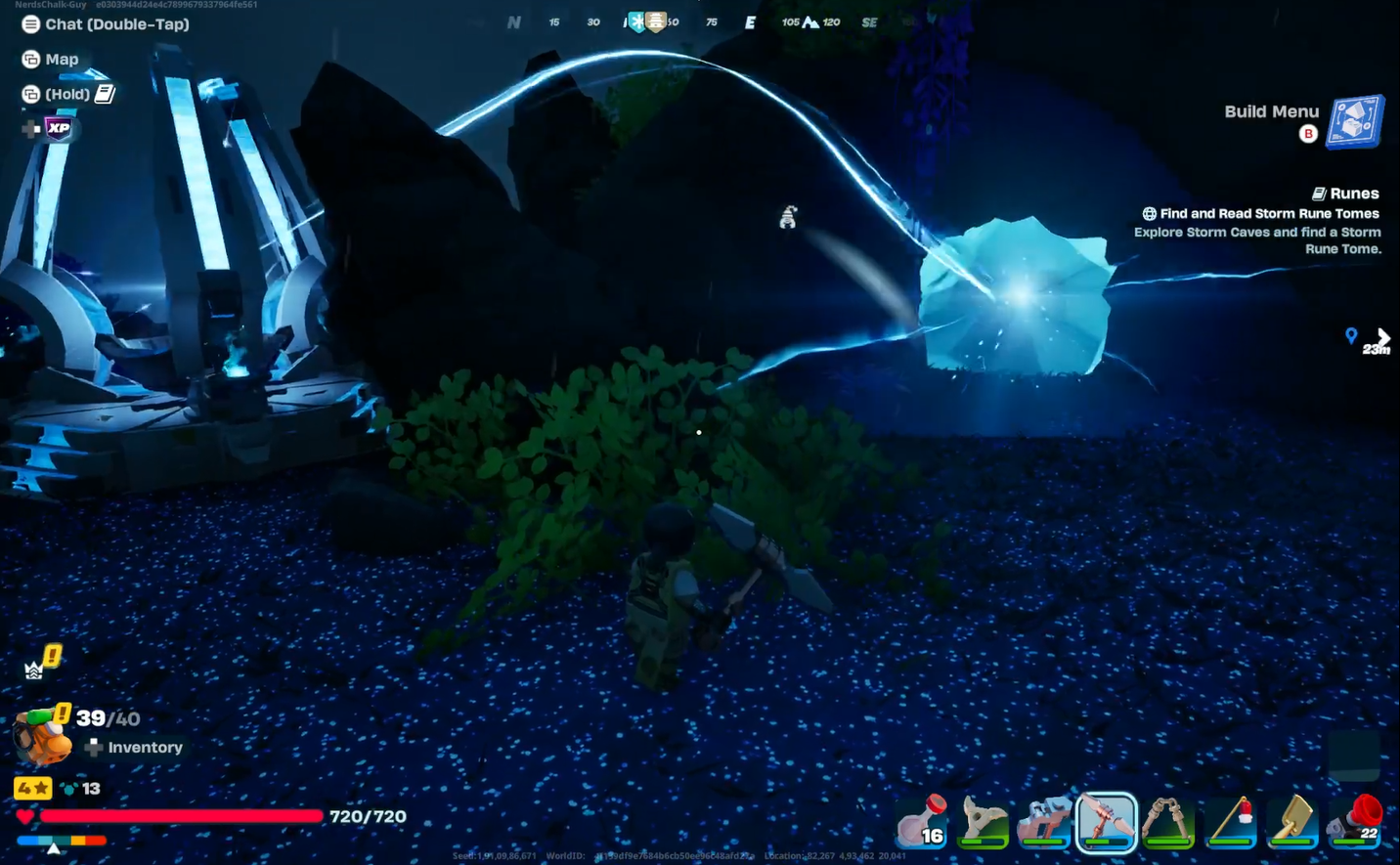

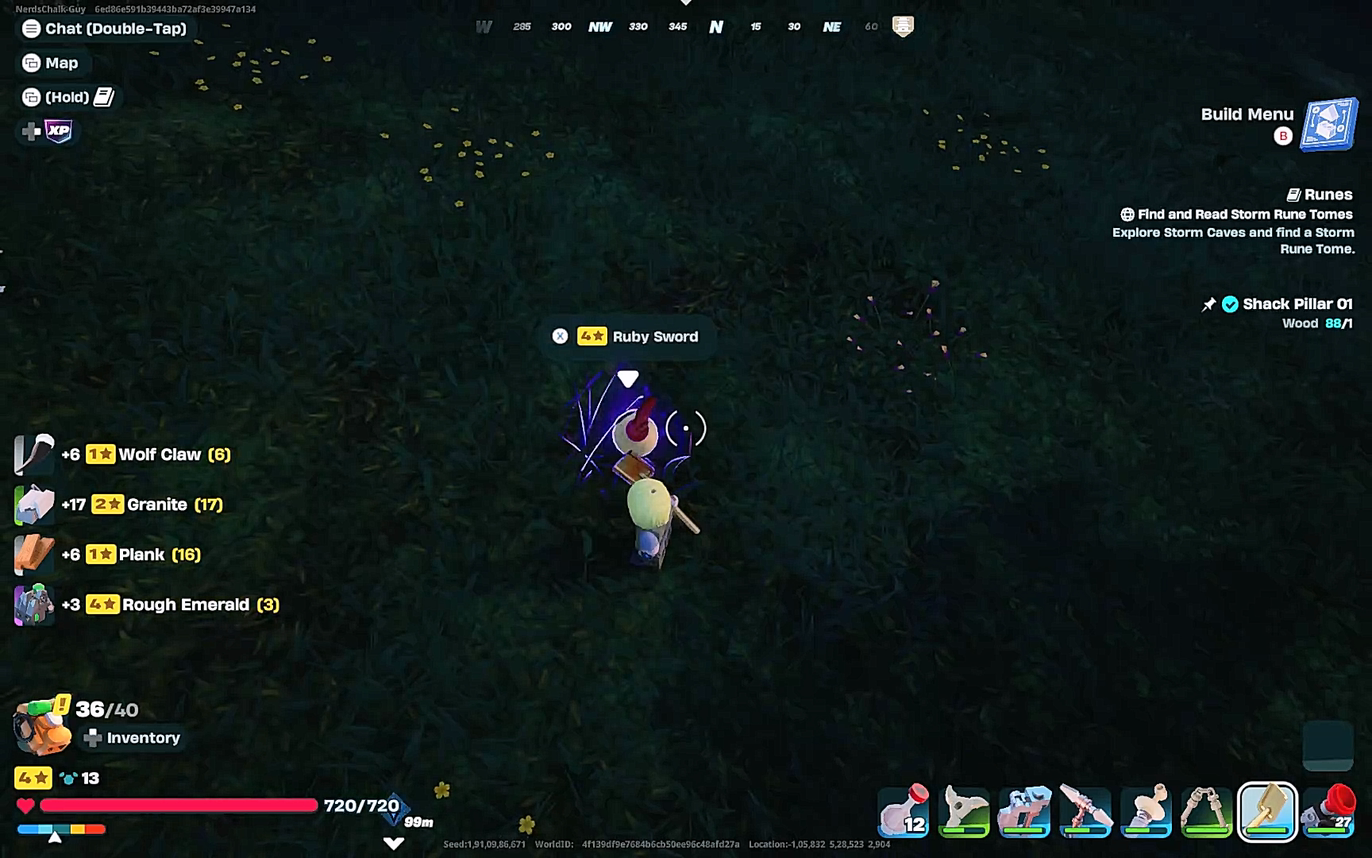
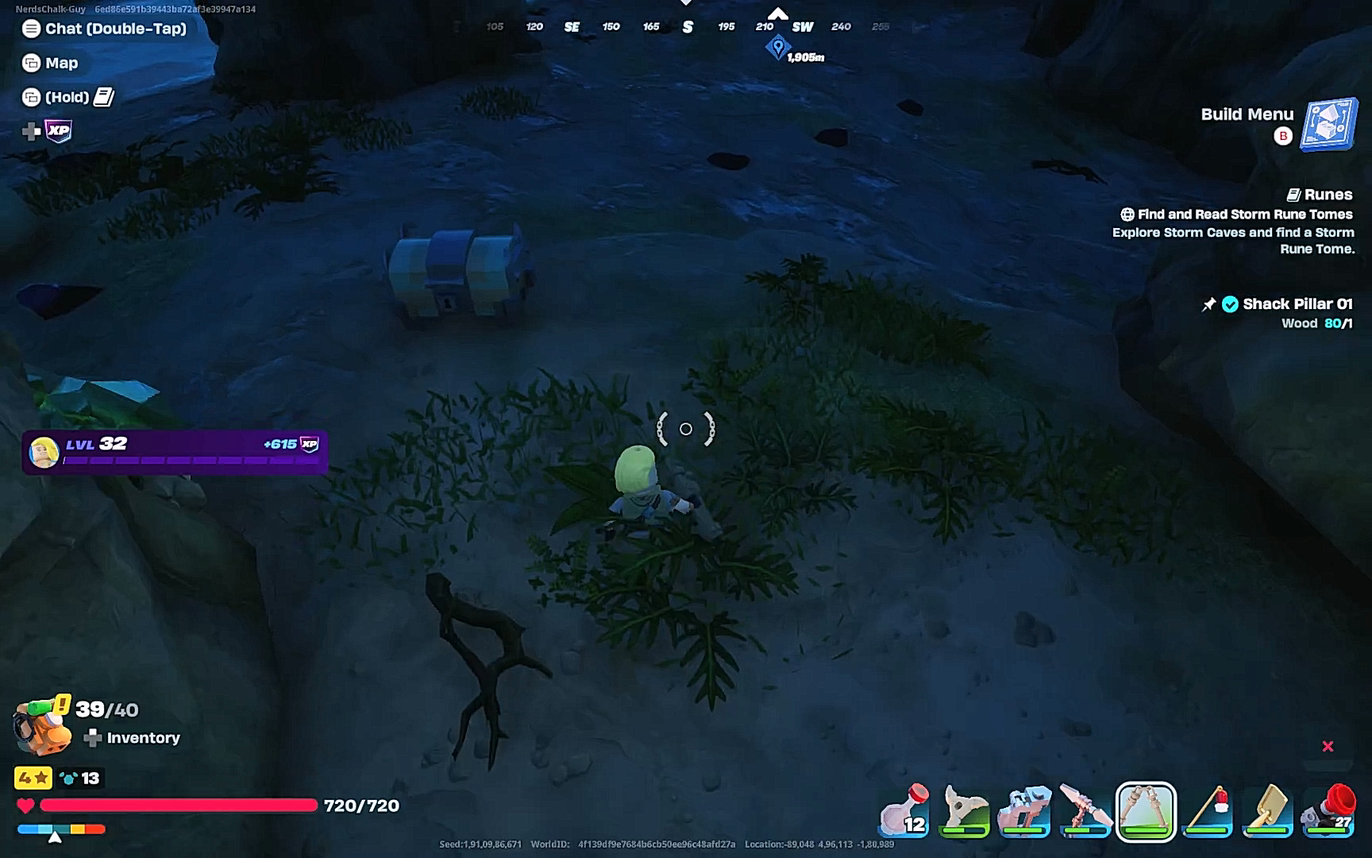
Discussion